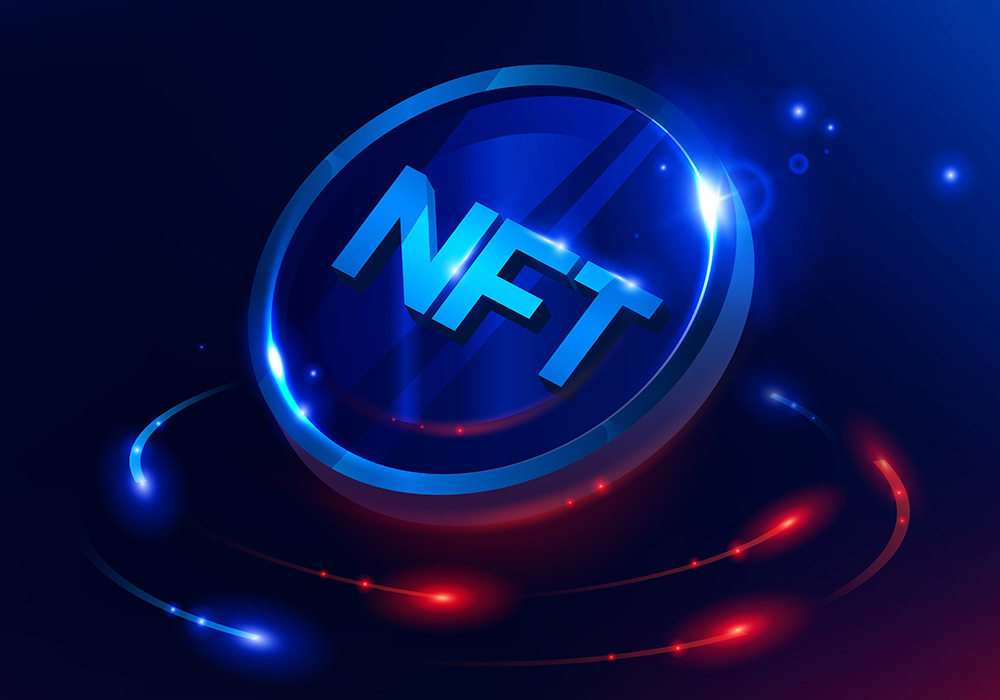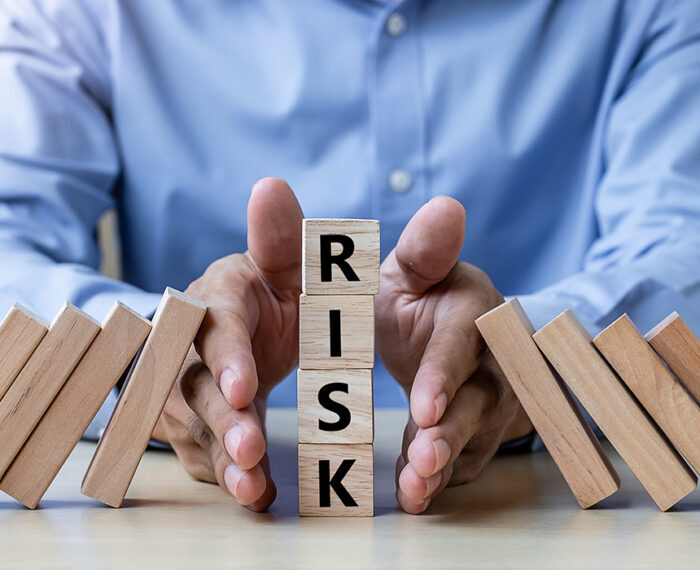In recent years, Non-Fungible Tokens (NFTs) have captured the attention of the world, revolutionizing how we create, buy, and sell digital assets. In this article, we’ll delve into the phenomenon of NFTs, explore their rise in popularity, and discuss their potential impact on the future of digital collectibles.

Understanding Non-Fungible Tokens (NFTs)
Non-Fungible Tokens (NFTs) are unique digital assets that are indivisible and irreplaceable, each representing ownership of a specific item or piece of content on a blockchain. Unlike cryptocurrencies such as Bitcoin or Ethereum, which are fungible and interchangeable, NFTs are one-of-a-kind, making them ideal for digital collectibles, artwork, virtual real estate, and more.
The Rise of NFTs
The rise of NFTs can be attributed to several factors, including advancements in blockchain technology, increased interest from artists and creators, and growing demand from collectors and investors. NFTs have gained widespread attention for their ability to provide digital scarcity, verifiable ownership, and provenance, offering new opportunities for creators to monetize their work and engage with their audience directly.
Exploring the NFT Ecosystem
The NFT ecosystem encompasses a diverse range of digital assets, including artwork, music, videos, virtual real estate, and even tweets. Artists and creators from various industries have embraced NFTs as a new way to showcase and monetize their work, with some selling NFTs for millions of dollars at online auctions and marketplaces. Additionally, NFTs have sparked innovation in areas such as gaming, collectibles, and virtual reality, opening up new possibilities for digital ownership and interaction.

Challenges and Opportunities
While NFTs offer exciting opportunities for creators, collectors, and investors, they also present unique challenges and considerations. One of the main challenges facing the NFT market is the issue of copyright and intellectual property rights, as creators must ensure they have the proper permissions to tokenize and sell their work as NFTs. Additionally, concerns have been raised about the environmental impact of NFTs, particularly in relation to the energy consumption of blockchain networks.
The Future of Digital Collectibles
Despite these challenges, the future of digital collectibles appears bright, with NFTs poised to play a significant role in shaping the future of ownership, creativity, and commerce in the digital age. As blockchain technology continues to evolve and mature, we can expect to see further innovation in the NFT space, including new use cases, standards, and applications.
Whether it’s collecting rare digital artwork, owning virtual real estate, or participating in virtual events and experiences, NFTs offer endless possibilities for creators, collectors, and investors alike.
In conclusion, the rise of NFTs represents a paradigm shift in how we create, buy, and sell digital assets. As NFTs continue to gain mainstream acceptance and adoption, they have the potential to democratize access to digital ownership and transform the way we think about art, collectibles, and culture.
While the future of NFTs remains uncertain, one thing is clear: the era of digital collectibles is here to stay, and NFTs are at the forefront of this exciting new frontier.


